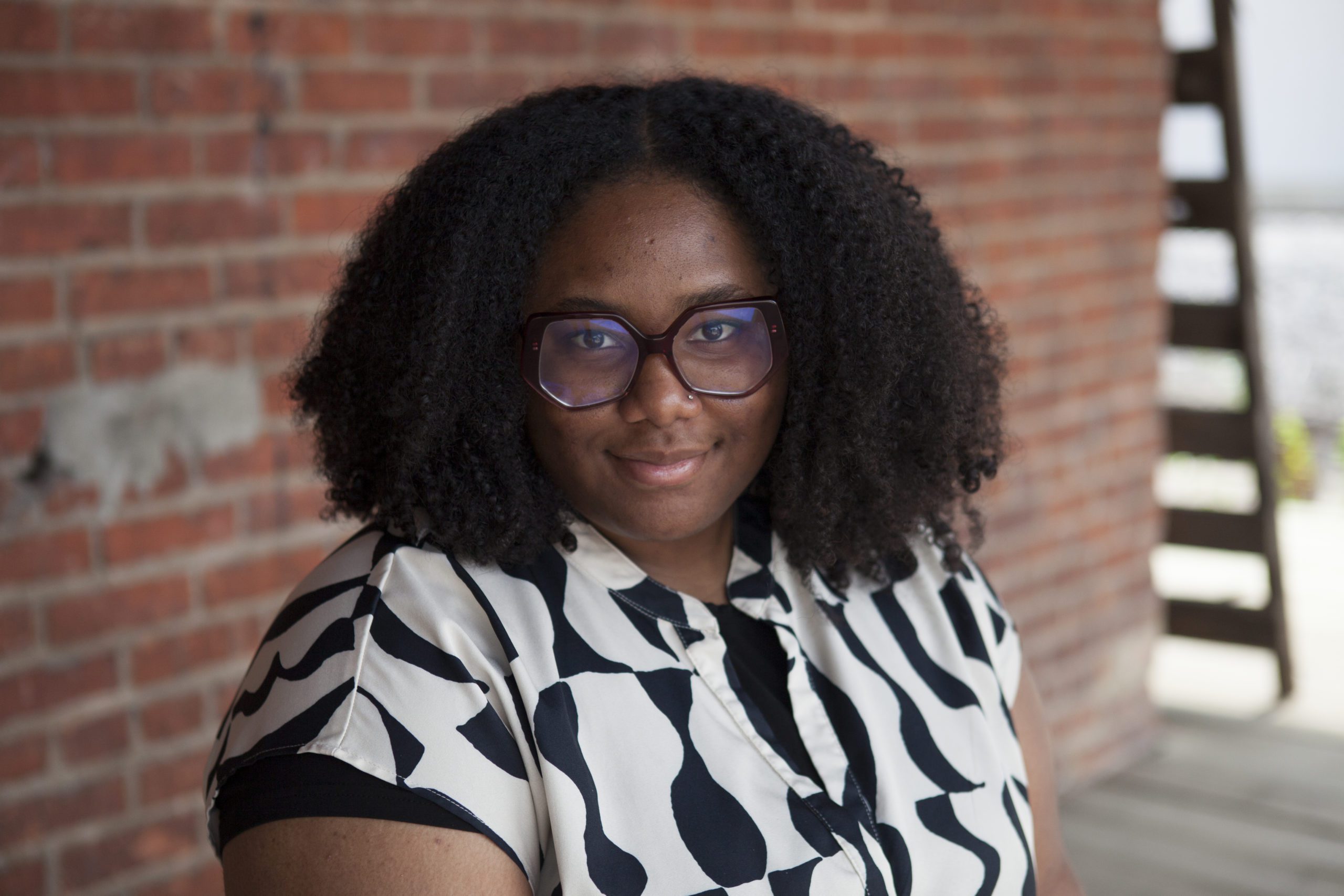By Aliyah D. White.
According to The National Council of Architectural Registration Boards (NCARB), just under .5% of licensed architects working in the U.S. in 2022 were Black women. This means that out of the 121,603 licensed architects working in the U.S., 2,492 were Black, and 566 were Black women. Becoming an architect is by no means an easy path – even without considering factors that disproportionately affect people of color. It can cost tens to hundreds of thousands of dollars in degrees and exams. Additionally, it takes an average of 13 years to become a licensed architect according to NCARB. The high cost and required level of dedication are factors that keep many people from pursuing architecture, but the added lack of representation can make it especially difficult for Black women to chase after the profession.

I have been drawn to architecture ever since my 7th grade science teacher pointed out how much I enjoyed doodling houses on my schoolwork. However, that enjoyment has not stayed with me through the years like it may have for many others. It has been a ten-year battle of deciding every day that my chosen path is worth it. For me, architectural design provides a way to find and express stories through space. As an architectural designer, who also writes avidly about the Black experience, this means that I feel a responsibility to uncover the ways Black people have been forced to move through space in history, how we have struggled and flourished through that movement, and how we can find better rhythm while moving through present-day constructed spaces.




